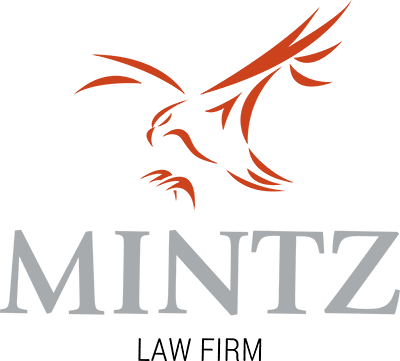Blog
When police officers respond to motor vehicle accidents, they often issue traffic citations to drivers who violated traffic laws that contributed to the crash. These citations can have a significant impact on personal injury lawsuits that arise from the same accidents, as they provide official documentation of traffic violations and may influence how courts and…
Read MoreThe “eggshell plaintiff” doctrine represents one of the most important principles in personal injury law, yet many accident victims remain unfamiliar with this legal concept that can significantly impact their compensation. This doctrine holds that defendants must take plaintiffs as they find them, meaning that if you have pre-existing conditions or vulnerabilities that make you…
Read MoreThe period immediately following an accident can be overwhelming, with mounting medical bills, missed work, and insurance adjusters pressuring you to accept quick settlement offers. While these early offers may seem appealing when you’re facing financial stress and uncertainty, accepting settlements too soon after accidents often results in inadequate compensation that fails to cover your…
Read MoreSlip and fall accidents can happen in seconds, leaving victims with serious injuries and limited ability to explain exactly how their accident occurred. When these accidents result from dangerous conditions on someone else’s property, video surveillance footage often provides the most compelling evidence available to prove liability and secure fair compensation. In today’s world, where…
Read MoreInjured on Public Transit? Understanding Your Rights After an RTD Accident Being involved in an RTD bus accident can turn your life upside down in an instant. One moment, you’re commuting to work or running errands; the next, you’re dealing with injuries, medical bills, and the confusion of navigating a complex claims process. In 2025,…
Read MoreWhen you’ve been involved in a truck accident in Denver, time is of the essence. The clock starts ticking from the moment of impact, and understanding the statute of limitations is crucial for protecting your rights. Let’s dive into what you need to know about the time limits for filing a truck accident claim in…
Read MoreColliding with Reality: When an Uninsured Driver Hits You in Colorado The sudden jolt of a car accident is disorienting enough, but discovering the other driver lacks insurance can turn a bad day into a financial nightmare. In Colorado, where an estimated 16% of drivers are uninsured—one of the highest rates in the nation—this scenario…
Read MoreNavigating the aftermath of a rental car accident in Colorado can be particularly complex due to the additional parties involved beyond just the drivers. When you’re involved in a crash with a rental vehicle, questions of liability become layered with rental agreements, insurance policies, and state laws that may not apply in typical accident scenarios.…
Read MoreYou’re driving on I-25 through Denver when suddenly, a car swerves into your lane, forcing you to jerk the wheel sharply to avoid a collision. Your heart races as you narrowly escape what could have been a serious crash, but in your evasive maneuver, you hit a guardrail, damaging your vehicle. While no contact occurred…
Read MoreThe moments after a car accident are often filled with stress and confusion. This anxiety can multiply exponentially when you discover the other driver doesn’t have insurance—or doesn’t have enough coverage to pay for your damages. Despite Colorado law requiring all drivers to carry auto insurance, approximately 16% of Colorado motorists drive without coverage, according…
Read More